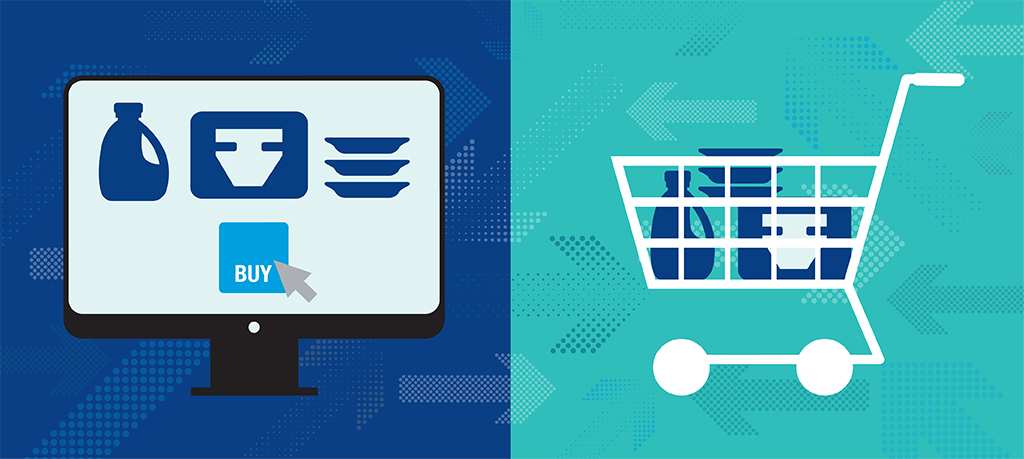A few days ago, I made a quick trip to Walmart to purchase a few necessities—diapers, paper plates, laundry detergent, and a few other odds and ends.
A couple days later, I logged into my Walmart Grocery account to make an online order for pickup, and lo and behold, what did I see in my favorite items? You got it—the items I had purchased in-store. And not just the items, but the size and brand, too.
They call it Easy Reorder. The site remembers and integrates both online and in-store purchases to provide a single place to view the items you buy most frequently and re-purchase with the click of a button.
Now, I just click through my favorites to buy all my essentials and simply add new items as-needed, saving me hours of searching for hundreds of items each time I shop. That’s precious time I can spend with my family—and Walmart helped me do it. Because they’ve made the process so fast and easy, I’ll be heading back to Walmart soon for the things on my shopping list.
“I have 151 different items on my Easy Reorder list. I challenge you to go online and try and find 100 individual products to build a list. You’ll find it takes a really long time. Now, you can simply go into a Walmart store, buy the things you need and then, when you come home, everything will be neatly organized on walmart.com.”
Walmart is just one example of brands linking online and offline data to make the user experience more convenient for their customers.
For brands, it all goes back to the fact that past behavior is the best predictor of future behavior. Understanding what product preferences your customers have and making it simple and quick for them to purchase those items is a top way to keep customers coming back for more—building brand loyalty…and your bottom line bigger.
If you want to integrate online and offline data to drive customers to your brand, visit our Brandwashing page or call 205.403.3100

